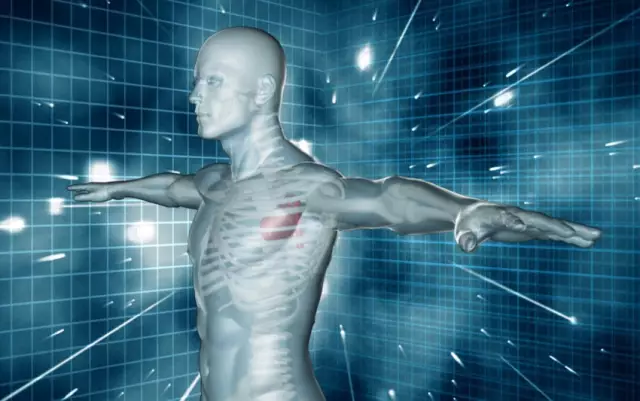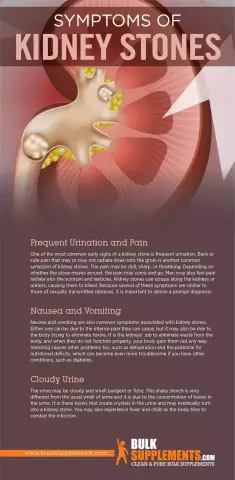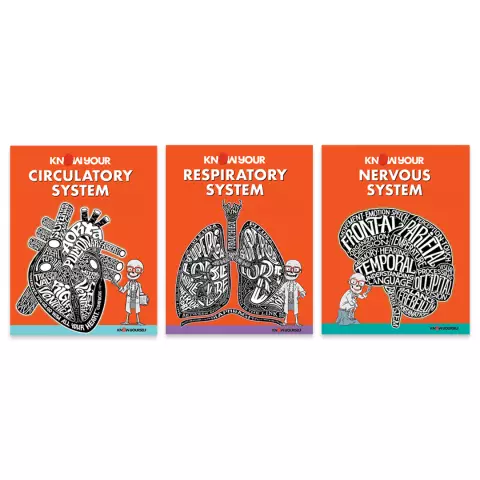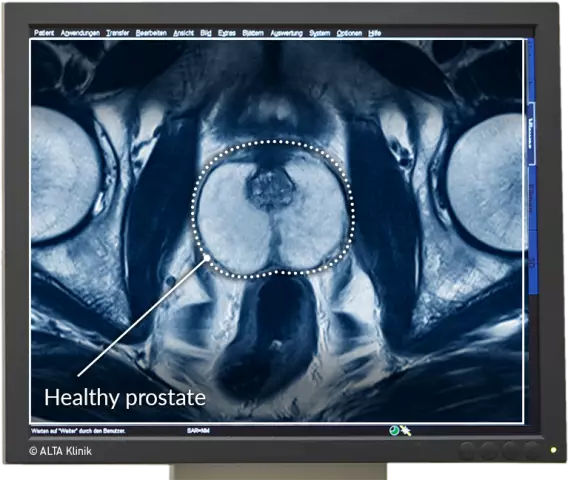- Author Rachel Wainwright [email protected].
- Public 2023-12-15 07:39.
- Last modified 2025-11-02 20:14.
Stones in the body: 4 places not everyone knows about
According to statistics, about 180 million people suffer from urolithiasis in the world. Every fifth inhabitant of the Earth is diagnosed with gallstones. However, not everyone knows that the deposition of mineral salts in the form of stones in the human body occurs not only in the organs of the excretory system and in the biliary tract. There are pathologies in which stones appear in other organs.

Source: depositphotos.com
Lungs and bronchi
Lung stones are made up of tiny particles of calcium carbonate or triphosphates. They are more common in women than in men. Stones are usually localized in the alveoli of the middle or main lobes of the lungs. In severe cases, which fortunately are rare, mineral deposits fill most of the alveoli, seriously impairing gas exchange. Alveolar stones are easily detected on x-rays. Experts believe that the development of pathology is associated with a hereditary predisposition.
Much more often than in the lungs, stones are deposited in the bronchi (the disease is called broncholithiasis). The immediate causes of the pathology have not been precisely established, but it is known that in some cases, stones were formed at the site of the deposition of small particles of dust or sand. There is also evidence that broncholithiasis can develop in people who have had pulmonary tuberculosis. Bronchial stones can cause serious complications. Often, bleeding or abscesses occur on their background. There is a risk of narrowing the lumen of the bronchi and the development of respiratory failure.
Possible signs of stones in the bronchopulmonary system: constant shortness of breath, attacks of dry cough, weakness, periodic fever for no apparent reason, chest pain.
Nasal cavity
Mineral deposits in the nose are called rhinoliths. As a rule, they form in the lower part of the nasal passage. A feature of rhinolitis is the presence of a foreign object (nucleus), around which the salts contained in the secretion of the mucous membrane are concentrated. Sand particles, fruit pits, grains of cereals and even blood clots can act as nuclei. Rhinolith can be in the nasal cavity for years. Sometimes the organic core has time to dissolve - in this case, the stone looks like a hollow sphere.
Signs of rhinolitis: difficulty in nasal breathing and periodic discharge of a purulent-mucous nature from the nasal passages.
Salivary glands
Stones in the salivary glands (sialolithiasis) are found in about 1% of people between the ages of 20 and 45. Small mineral formations most often do not cause problems for patients, since they are largely washed out by saliva. However, large elements can block glandular ducts and cause inflammation.
The stones of the salivary glands are similar in composition to the mineral deposits formed during urolithiasis. Obviously, the reason in this case is a similar metabolic disorder - it is not without reason that 45% of patients with sialolithiasis are simultaneously diagnosed with kidney or bladder stones. In addition, people who regularly take diuretics, antihistamines or psychotropic drugs, as well as habitual smokers, are at risk.
Sialolithiasis is characterized by:
- a feeling of fullness, aggravated by eating;
- the so-called salivary colic (sharp, quickly disappearing pain);
- pain that occurs when swallowing and radiates to the tongue and ear area;
- swelling and swelling in the area of the gland;
- an unpleasant taste in the mouth;
- headache;
- increased body temperature.
Eyes
Sometimes stones of white or grayish color are formed in the tissues of the eyes (more often on the iris or in the places where eyelashes grow). As a rule, they appear after inflammatory diseases and do not require specific treatment, since they dissolve on their own over time.
It is extremely rare that stones can form in places such as the intestines (coprolites), the lumen of the veins (phlebolitis), the pancreatic ducts, and even the tissue of the tonsils. The appearance of stones is a sign of metabolic disorders. They can also cause complications if left untreated. Therefore, having noticed a problem, you should not let it go by itself.
YouTube video related to the article:

Maria Kulkes Medical journalist About the author
Education: First Moscow State Medical University named after I. M. Sechenov, specialty "General Medicine".
Found a mistake in the text? Select it and press Ctrl + Enter.






